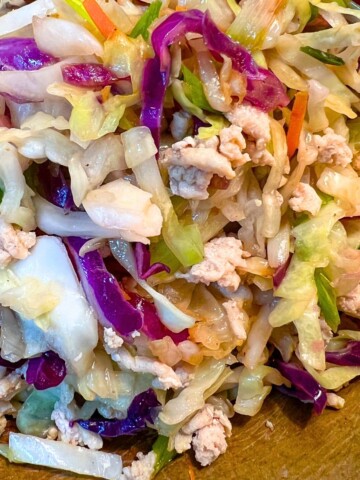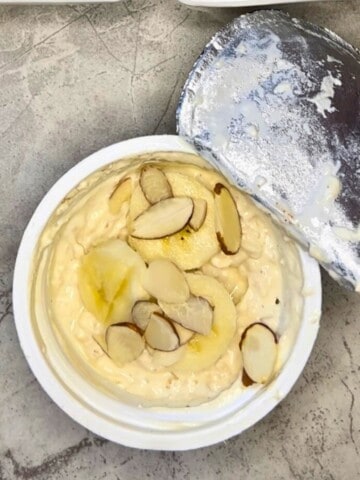A lifestyle change to healthy eating with diabetes requires cooking techniques to ensure your meals are low cal/low carb yet still flavorful. Let's look at a few ways you can help your healthy lifestyle succeed:
1. Cook with whole grain products like brown rice, bran, oatmeal and quinoa rather than refined grains.
2.Use better-for-you fats such as olive oil, nuts, seeds, avocado, and olives.
3.Include plenty of non-starchy veggies in your diet such as tomatoes, summer squash, onions, peppers, cabbage, lettuce, mushrooms, etc. These will help you feel full between meals and also add fiber to your diet which improves blood glucose levels and GI health.
4.Consider having a bowl of veggie soup before meals to help control appetite and keep a salad bowl in your refrigerator for a quick snack.
5.Add veggies to casseroles and salads for a more-filling meal.
6.Roasted veggies are a delicious addition to any meal. Slice veggies such as peppers, onions, mushrooms, etc. and toss with a small amount of olive oil to moisten. Add a clove of chopped garlic and season with salt and pepper. Roast on a foil-lined pan at 400 degrees for 20 minutes or until tender.
7.Try using Greek yogurt in place of sour cream in recipes. This will add extra protein to your meals which will help you feel more satisfied and keep you on track.
8.When your sweet tooth needs a treat, reach for fruit. It will add fiber and vitamins to your diet. Try making a smoothie with Greek yogurt at breakfast for a high protein treat.
9.Experiment with herbs and spices in your recipes to help keep your taste buds happy. Keep seasonings near your stove so you will be sure to use them often. Check out my post 10 Low Cal Ways to Add More Flavor to Your Diet.
10.Keep a bag of frozen diced onions and peppers handy in your freezer to easily add to recipes. Extra veggies will provide fiber and vitamins.
11.Drain and rinse ground beef in a colander to lower calories.
12.Make gravies and sauces lower calorie by using a fat separator to help remove excess fat.
13.Cook veggies in lower-sodium broth instead of butter to help lower calories.
14.Roast a chicken or turkey breast and keep handy to add to salads and wraps. Use a tasty marinade such as balsamic vinegar or soy sauce prior to cooking to add a burst of flavor to meals.
15.Planning ahead is key! Take a few moments to plan out your meals for the week. This will help you grocery shop more efficiently and will keep you focused on healthy meals.
Do you have any diabetes-friendly tips that you find helpful? Here's some more of our favorite recipes!
10 Best Diabetes Breakfast Ideas
7 Easy Ways to Cut Carbs at Meal times
19 Low Carb Meals You Can Almost Make without a Recipe







Comments
No Comments